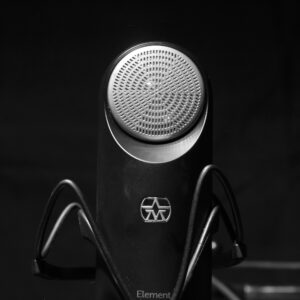 As I’ve said before – Often when people start out in voice over they think all they need is a good or “nice” voice. Actually these days where clients want “authentic” voices almost anyone could be a voice artist – but that’s a subject for another blogpost. In addition to the voice you have you also need a range of other skills: you need to be able to work for long periods on your own; you need to be able to run your own business with all the attention to marketing, networking, book keeping and accounting that is involved in that.
As I’ve said before – Often when people start out in voice over they think all they need is a good or “nice” voice. Actually these days where clients want “authentic” voices almost anyone could be a voice artist – but that’s a subject for another blogpost. In addition to the voice you have you also need a range of other skills: you need to be able to work for long periods on your own; you need to be able to run your own business with all the attention to marketing, networking, book keeping and accounting that is involved in that.
I recently came across a blog post that reminded me of another quality you also need as a voice over – the ability to take direction.
The post was on the voiceoversoho.co.uk website and it concisely and effectively covers the key points. For example preparation is a good idea. When you get the script for the session you may well want to read it aloud a few times and possibly mark up things like places to breath or indications on the intonation or emphasis.
Although this is good preparation the blog post points out that you also need to remain flexible and not become fixated on one particular style of read. The script may change just before – or even during the session – and the producer running the session may have their own ideas on how the script needs to be delivered.
In a recent directed session I gave a read to the script that I thought was quite good only for the producer to tell me that my delivery was too “realatable” and “approachable”. The client I was working for is based in a non-uk market where they frequently prefer a more old school kind of VO delivery. She said “I’m basically asking you to do the opposite of what I’d normally give as direction”. The client in question is based in the Middle East and from other voice work I’ve done for companies in that part of the world I knew the kind of big “proper voiceover” voice they would be likely to prefer – lots of volume and energy while making great use of the mic’s proximity effect to boost bass resonance in the voice. It is a style of voice over I used to get asked for a few years ago and which is not what I’d normally do today. But if that is what the client prefers – that is what the client gets!
 In addition to flexibility the voiceoverssoho blog post also points out the importance of asking questions so that you can be sure you have understood exactly what is required of you.
In addition to flexibility the voiceoverssoho blog post also points out the importance of asking questions so that you can be sure you have understood exactly what is required of you.
You should also check pronunciation of brand names or technical terms to make sure you get them right. There are further suggestions of repeating back the direction you’ve been given to double check the intention of the producer or clients in the control toom.
Furthermore, the poster says, don’t take it personally when the client asks you for a different kind of read form the one just given. Finally there is the suggestion to have fun in the session.
Be professional but don’t take yourself too seriously.
Its all good advice I think. I’ve summarised it but you can read the original post here.
Chris Radley – Voice Over